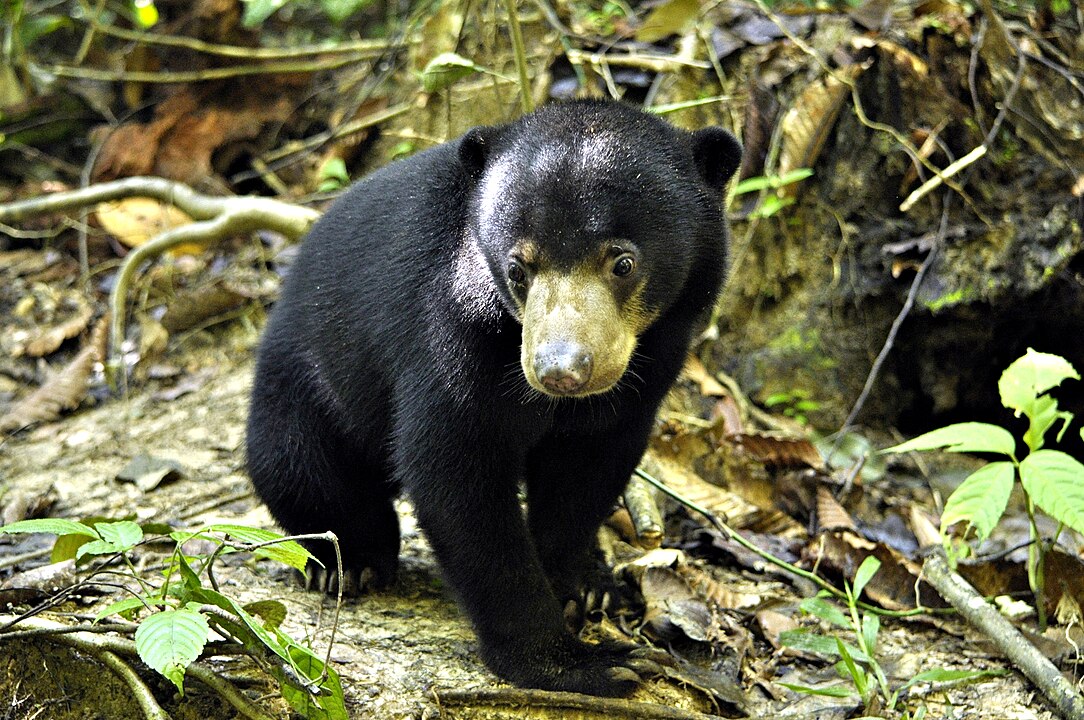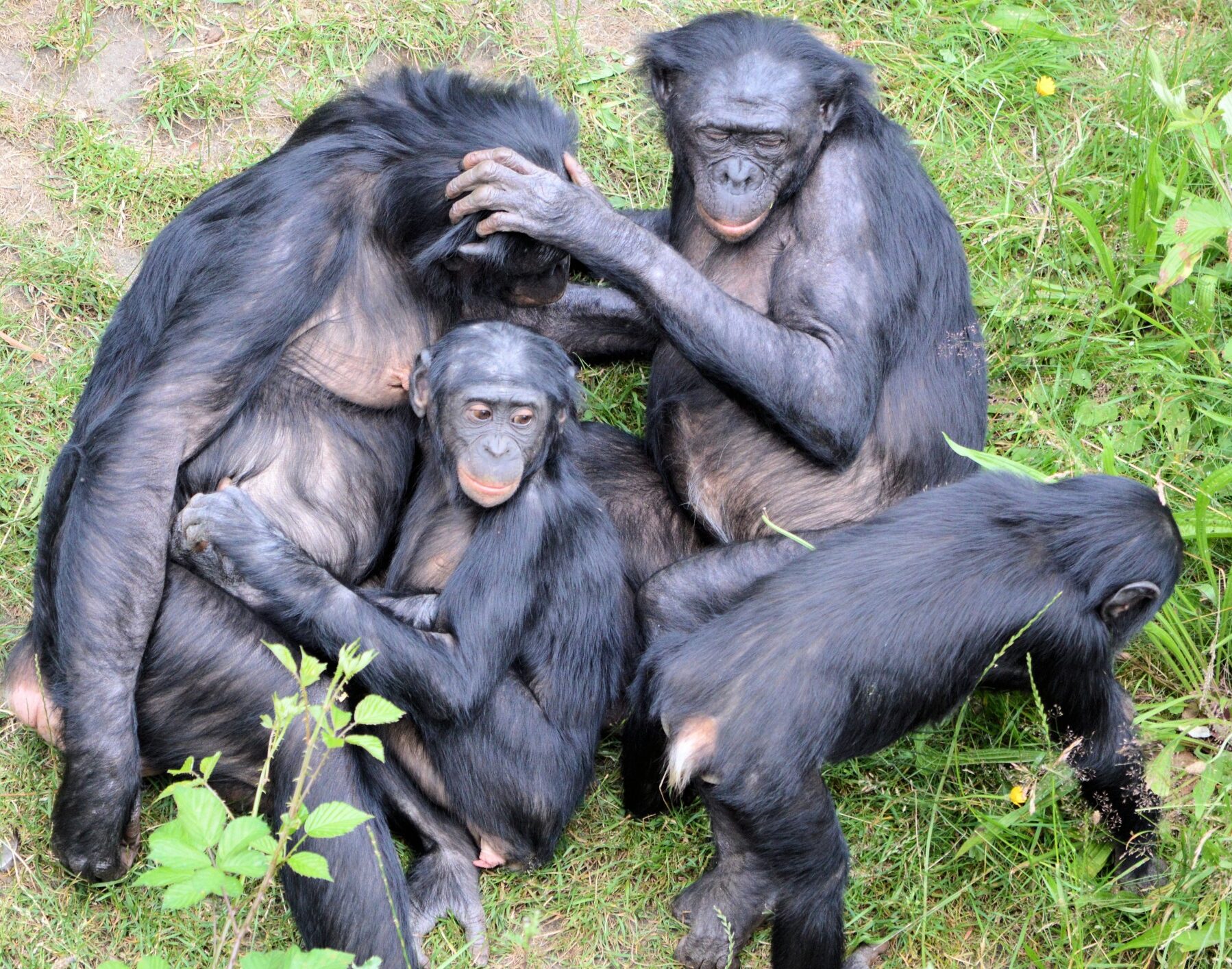In the lush rainforests of Malaysia, a team of scientists has uncovered the hidden struggles and triumphs of rescued and rehabilitated Bornean sun bears as they adapt to life in the wild. Using GPS collars, researchers tracked a dozen bears to understand their adaptation to the wild, uncovering both resilience and risks.
The bears, rescued as cubs from illegal pet trades or captivity, underwent years of rehabilitation at the Bornean Sun Bear Conservation Centre (BSBCC). Keepers acted as surrogate mothers for the bears at the center, where they learned forest survival skills, such as foraging and climbing, before being released into Tabin Wildlife Reserve and Mandamai Forest Reserve between 2015 and 2023.
Home Range Surprises
GPS data showed wide variation in the bears’ movements. One female, Wawa, explored 202.4 square kilometers, the largest recorded range for the bears, before being recaptured near a palm oil plantation and re-released elsewhere. Most bears settled near the riverside, likely due to abundant fig trees, a key food source. On average, their post-release home ranges spanned 56.68 square kilometers, larger than typical wild sun bear ranges. But while most bears settled down after about a month, Wawa kept on exploring, at least until her GPS collar fell off.

Credit: BSBCC, CC BY-SA 3.0
Daytime Activity Challenges Assumptions
Contrary to past studies suggesting sun bears are nocturnal, the tracked bears were most active during daylight hours. Researchers theorize this could stem from their rehabilitation experiences, where human interaction occurred mainly by day, or the safety of remote forests where nocturnal behavior isn’t necessary to avoid humans.
Solitary Lives Post-Release
Despite being released in groups, the bears largely avoided each other once returned to the wild. For example, Debbie and Damai, released together in 2018, left in opposite directions and never got within a kilometer of each other. Similarly, trio Boboi, Tan Tan, and Kitud eventually split up, pointing to the species’ solitary nature.

Credit: BSBCC, CC BY-SA 3.0
Tracking Hurdles and Risks
Half of the GPS collars malfunctioned or stopped transmitting early, leaving some of the bears’ fates unknown.
Two confirmed deaths occurred: one bear died from a suspected clash with a wild male, while another vanished near a palm oil plantation, a poaching hotspot. Only four collars were retrieved successfully.
Conservation Takeaways
The study advocates for “soft-release” strategies, where bears gradually adapt to the wild with support, and highlights the need to protect habitats far from human activity. In 2023, BSBCC launched the Tabin Sun Bear Project to improve rehabilitation outcomes through ecological monitoring and anti-poaching efforts.
While rehabilitation offers hope, researchers stress that curbing poaching and habitat loss from palm oil plantations is critical. The study notes that ecotourism and stricter law enforcement could reduce threats to wild populations and increase public awareness about the struggles of these sun bears.
***
“A window into the forest: post-release behaviour of rehabilitated Bornean sun bears Helarctos malayanus euryspilus in Sabah, Malaysia.” Brunton et al. Wildlife Biology (2025).
Featured photo credit: BSBCC, CC BY-SA 3.0








